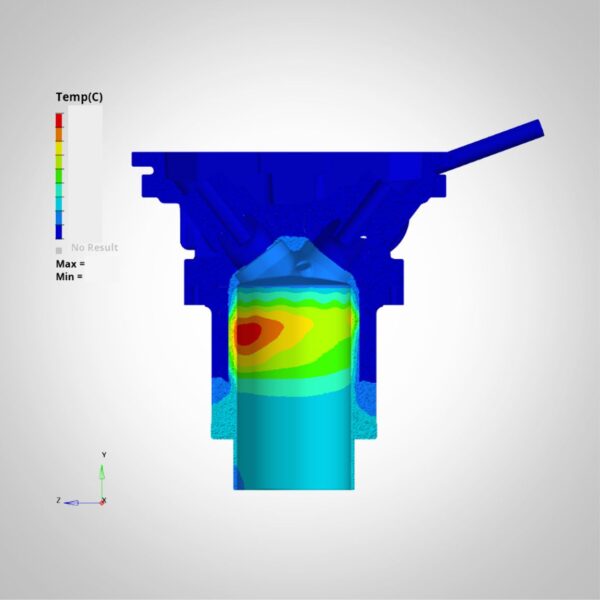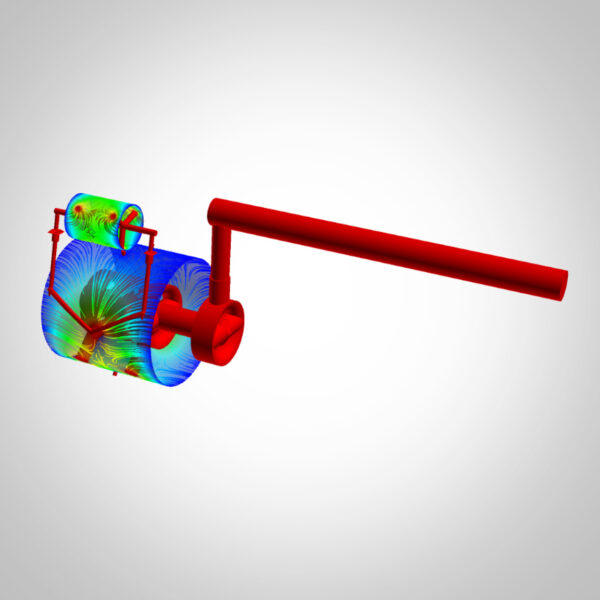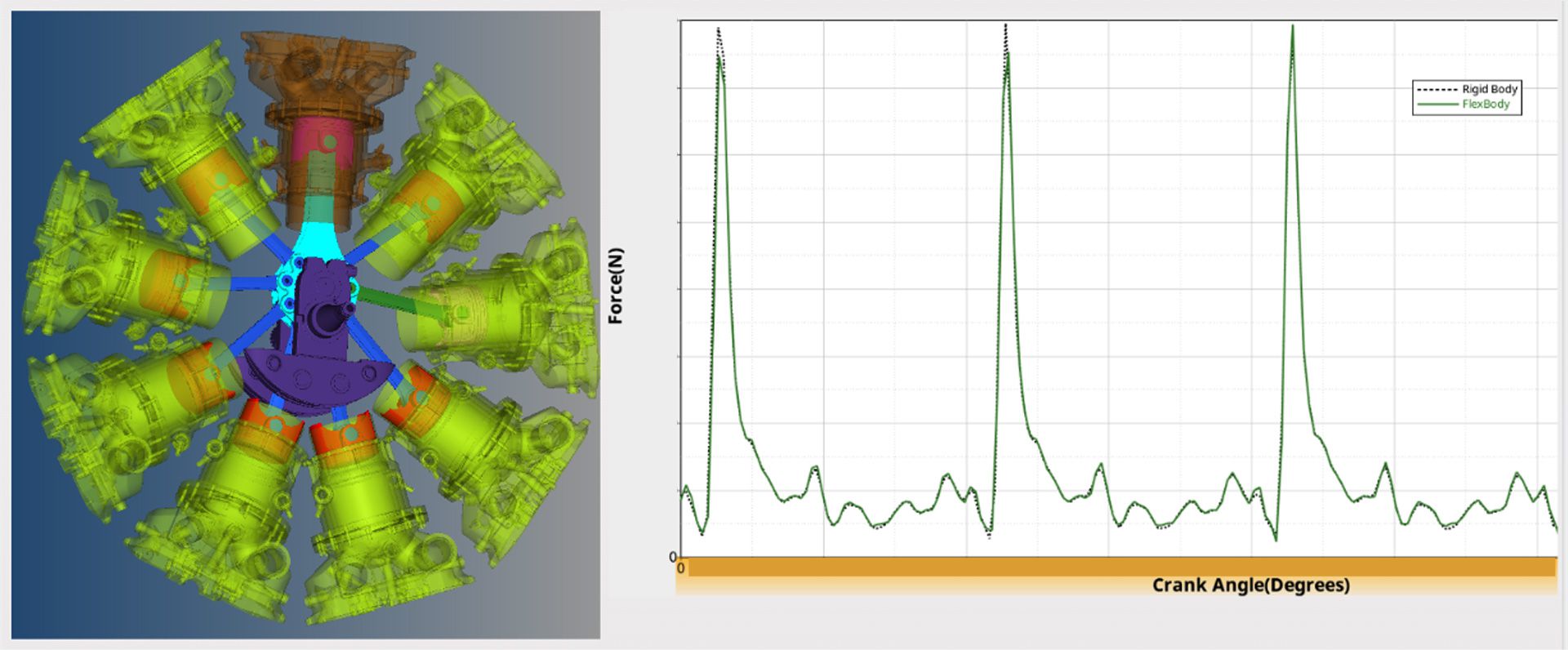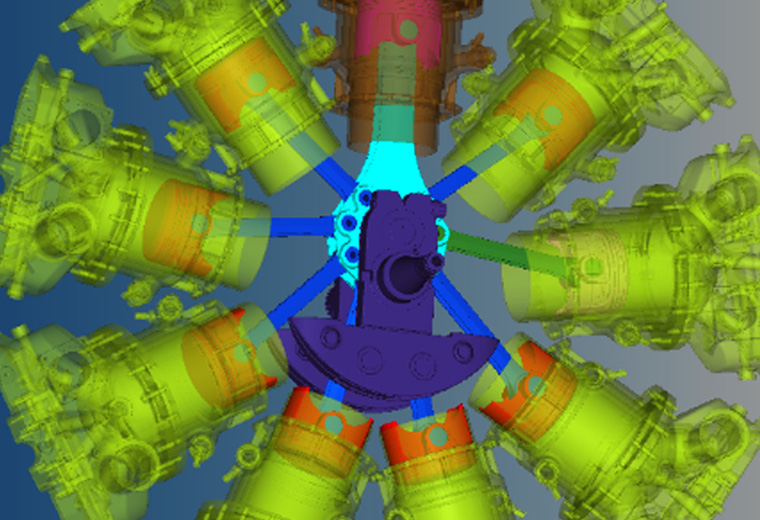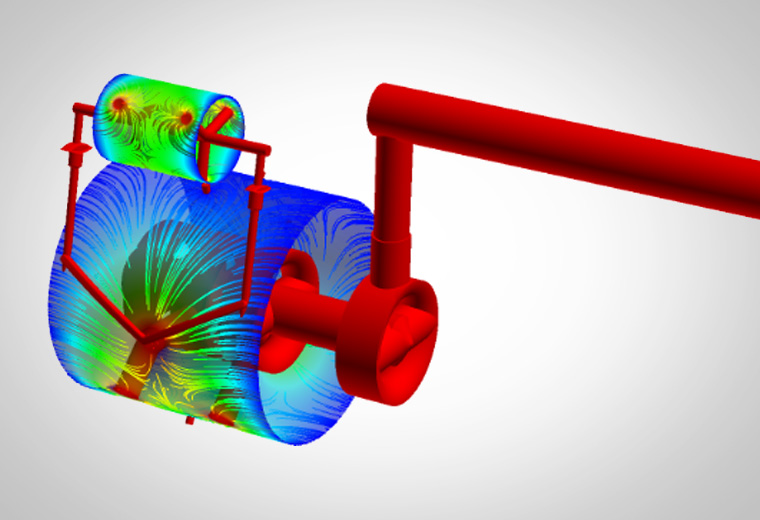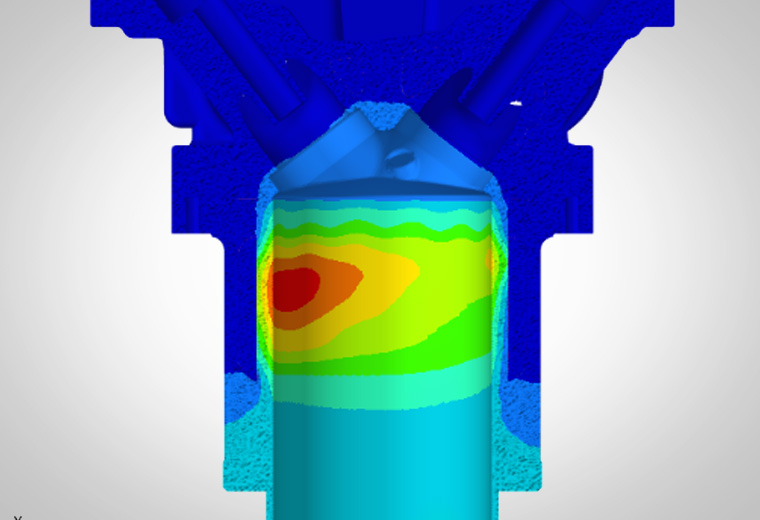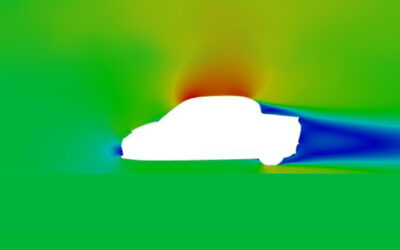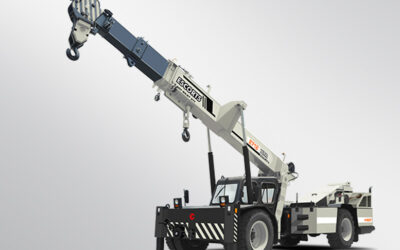With its expertise in MBD analysis and thermal+CFD simulations, Timetooth partnered to assess the design and performance parameters.
Key Engineering Solutions
Solutions
• For the design of key components such as bearings, Timetooth used Altair Motionview for MBD analysis to predict loads, rpm, load fluctuations, for a given amount of fuel intake. The simulation study also included structural compliance.
• For optimizing its cooling performance, advanced CFD and thermal analysis was done to predict pressure contours, velocity contours of coolant fluid and temperature variation.
• The engine structure as well as the coolant was meshed, maintaining the benchmarked quality and analysis was done with the required boundary conditions of flow rate and temperatures.
• Furthermore, for the required main bearing pressure, the coolant flow rate was also analyzed/ simulated.
• With the help of Engine Analyzer, the engine performance parameters were predicted and sensitivity studies for variables such as compression ratio, inlet fuel temperature, flow rate, turbo-charging etc. were done for different fuel types like gasoline, natural gas etc.
• Simulation results were then interpreted for selecting joint bearings, flywheel design, optimum coolant flow rate and structural modifications. Additionally, the effect of various parameters like the change of fuel intake, coolant flow rate, compression ratio etc. on the performance of the radial engine were analysed.
• Assessment of simulation results were done and specific design directions were shared with the client.
